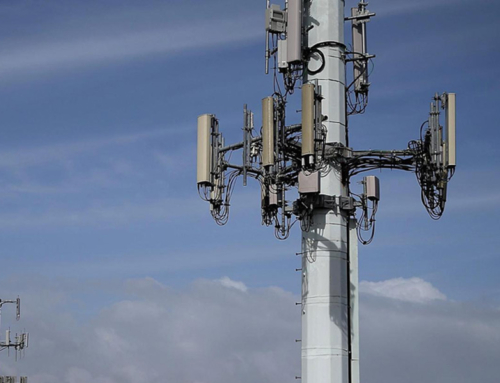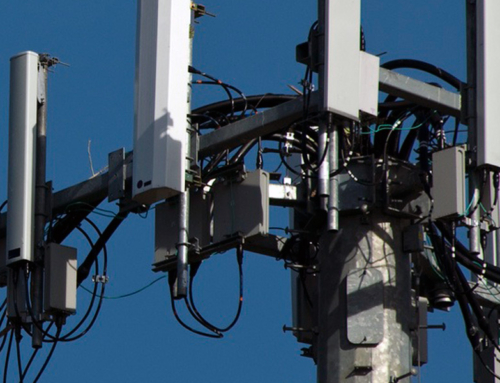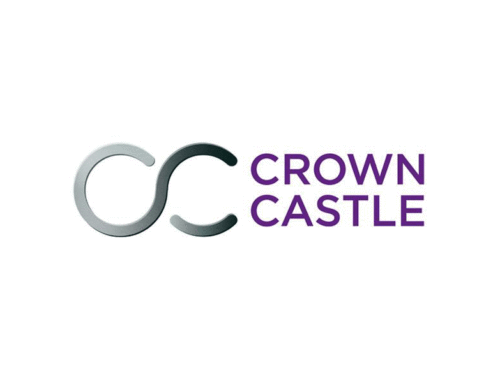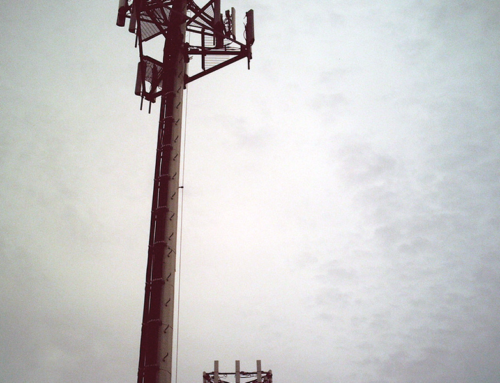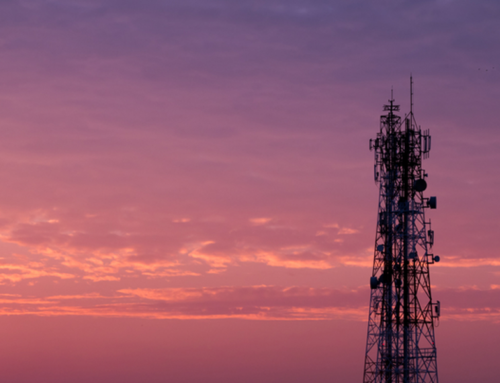On June 21, 2016, the Federal Aviation Administration revealed “Part 107,” a new collection of rules to govern the use of drones by commercial operators. Prior to the decision, individuals flying drones for for-profit entities—such as photographers, farmers, or real estate agents—were required to have a pilot’s license. The updated regulations replace that requirement with a drone-specific “remote pilot” knowledge test and certificate.
“This is a major development for the future of drones in America. It means that businesses and farmers and government agencies and academic researchers can put drones to work without having to get an airplane pilot’s license or follow other onerous rules. Those were pretty high barriers to entry,” stated DJI spokesman Adam Lisberg. “Part 107 is a vote of confidence from the FAA that drones can be safely integrated into the national airspace, and that a wider adoption of drones for all sorts of non-recreational uses will bring real benefits to America.”
The new rules should have a widespread affect in that they will allow companies to get in the air more quickly, easily, and inexpensively. CEO of Aerotas Logan Campbell commented, “This is a step in the right direction for the FAA. A number of industries can benefit from these rules the instant they go into effect, such as surveying, real estate photography, constructing, or cell tower inspection.”
The benefits of the new rules are likely to extend well beyond ease-of-use and cost-savings—they may end up saving lives. Businesses that need to inspect cell towers and antennas have used humans to accomplish that task, a notoriously dangerous job. According to the Occupational Safety and Health administration, despite fewer than 15,000 workers, there were 13 documented deaths on cell tower sites in 2014.
Todd Schlekeway, executive director of the National Association of Tower Erectors commented: “We do believe there’s inherent safety value in the use of drones. Anything we can do to mitigate that risk is of tremendous importance.”
He estimated that 30% of the climbs that tower technicians make to maintain cell tower equipment would be eliminated thanks to the FAA’s decision. Other industry insiders have approximated a 50% decline. At any rate, a reduction in climbs thereby reduces the chance of accidents.
The rules are set to take effect in August, which is great news for businesses and workers that won’t be putting human life on the line as often to complete necessary inspections.
PART 107 OVERVIEW
Operational Limitations:
- Drones must weigh no more than 55 pounds.
- Top speed limited to 100 mph.
- No flying near airports.
- Daytime flights only, except for a half-hour before sunrise and a half-hour after sunset for drones equipped with anti-collision lights.
- Operators or an observer working with the operator must keep the drone within sight at all times.
- No flights over people who are not participating directly in the drone’s operation.
- Exceptions require an FAA waiver.
Drone Pilots:
- A person operating a drone must have an FAA “remote pilot” certificate, obtained by taking an aviation knowledge test at a government-approved testing center.
- Pilots of manned aircraft can obtain a certificate by taking a test online.
- Remote pilots must submit to a government background check.
- Remote pilots must be at least 16 years old.




